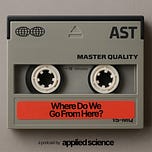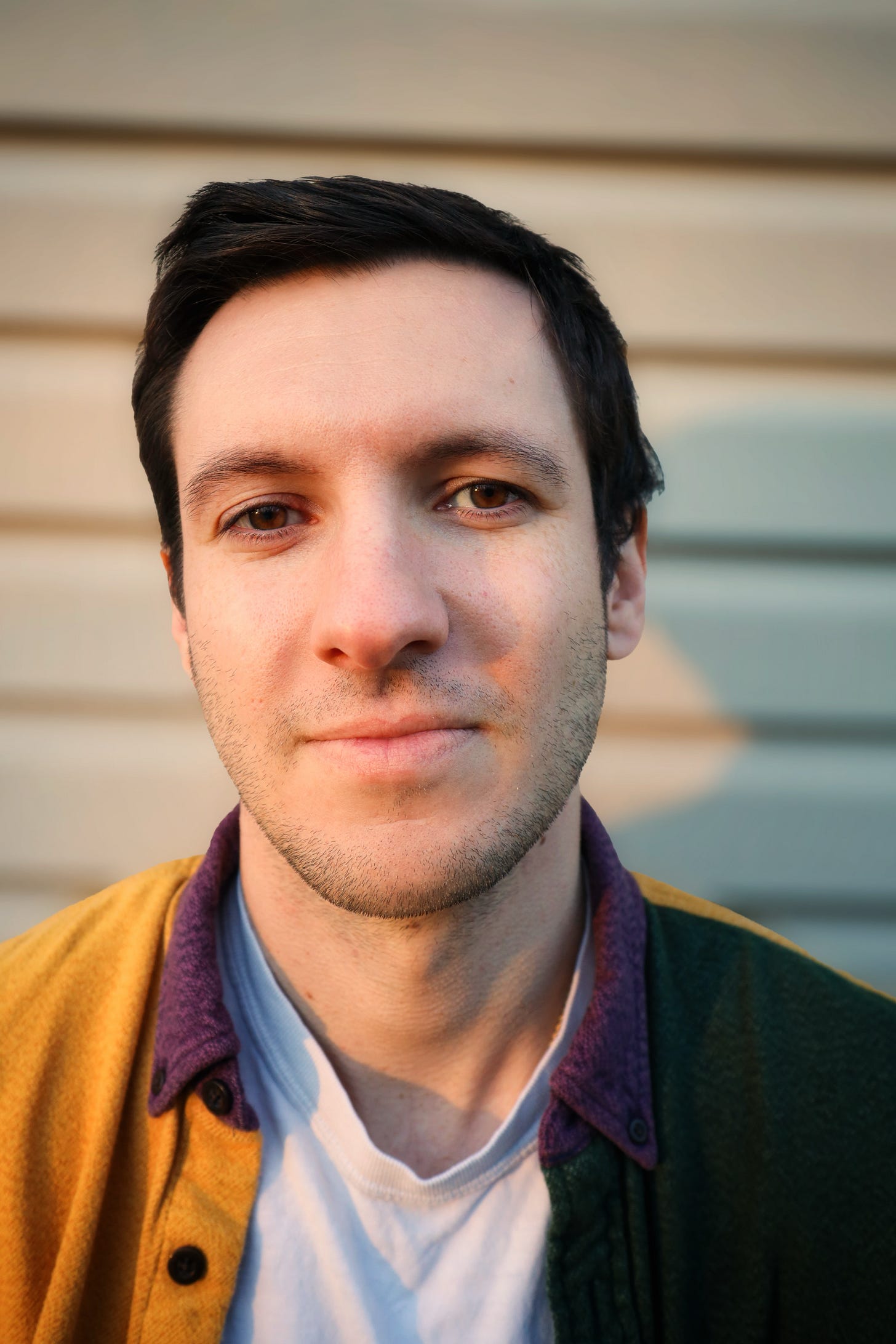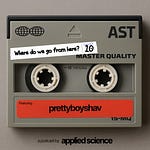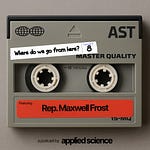On this week’s episode of Where Do We Go From Here?, I speak with someone I’ve been a fan of for a few years. Chris Dalla Riva is a popular music writer, a musician, and product manager at AudioMack. I’ve followed Chris work since he launched his newsletter “Can’t Get Much Higher” in 2022. His work examines music and pop culture history through a data analytical perspective. If that sounds hopelessly dry, I promise you in Chris’ hands it becomes funny, revealing, and humanizing stuff. He spins compelling stories out of statistics and trends, giving new dimension to music history.
We talk about how he got his start, his journey to selling his upcoming book Uncharted Territory: What Numbers Tell Us About the Biggest Hit Songs and Ourselves (which you can purchase here), some of the more unexpected things he’s discovered from his data dives, and the ways in which this kind of data analysis can unearth historically hidden stories. As is often the case with this show, I felt like we just scratched the surface and could’ve gone on for hours.
A few key takeaways from our conversation…
Data can’t explain everything about music, but it can make for great conversations. As a musician and deep music lover, Chris’ mission is not to explain away music’s magic with numbers or quantify every aspect of creation. That would be foolish, miserable work. Instead, he sees data as a place to begin exploration and debate. “There are certain things in music that you can’t…measure,” he told me. “But there are a lot of things you can measure, like key changes…with data, there’s a starting point. You could say, ‘I don’t like how you measured this,’ but at least it is measurable and something you could argue about.”
Technology often shapes creativity. While we didn’t set out to discuss the history and future of musical creation, our conversation naturally veered into this direction as Chris researched the evolution of the musical star over the course of the mid-1900s: “I was fascinated by this idea where if you look at pop stars like of the 1930s and 1940s a lot of them are like clarinet players and trombone players…from like the 60s onwards the star is always the singer…But it wasn’t always that way…one of the biggest [reasons] is that microphone technology improves…if you want to be heard over a band, and you don’t have a good microphone…you’d have to sing so loud to be heard. And now suddenly we have microphones that can amplify…At the same time, microphones become more sensitive. And because of that, you can have a singer like Frank Sinatra who has a very soft croon that would not have been possible when recording was first invented…technology made it possible for [singers] to compete with the loudness of instruments.”
Trust yourself and don’t wait for gatekeepers. As has been a recurring theme throughout the first handful of WDWGFH episodes, Chris’ journey to starting a popular newsletter and, ultimately, publishing a book with a major publisher is one that eschews traditional paths and gatekeepers. I found one small aside illuminating: “I pitched this piece about song titles…no one was really interested. I was like, you know what? I’m just going to put it out in my newsletter. And it ended up…was again, one of these pieces that did really well.” As a writer for Pigeons and Planes, we were constantly urged to cover artists like Drake and Kanye because their names alone naturally drove clicks. More personal pieces would often drive less traffic, but would form connections with readers who would become loyal to our individual voices and check for our work regardless of the topic. Chris has mastered a kind of niche thinking that would scarcely work in for ad-driven publication spinning on the private equity roasting spit, but that thrives on platforms like Substack where readers seem to gravitate towards unique insight and in depth analysis. Publishing outside of the system is what eventually got Chris into the system: “It’s easier to get a book published these days if I could be like, I have this many newsletter subscribers, this many people. I already have an audience…bring your audience and then [the publisher will] pour gasoline on the fire.”
Special thanks to Anna Kasper for producing, Will Grogan for providing our music, and Hugh Huntingford for designing the Applied Science logo and podcast cover image (and for the recent facelift to both the site and the pod).














